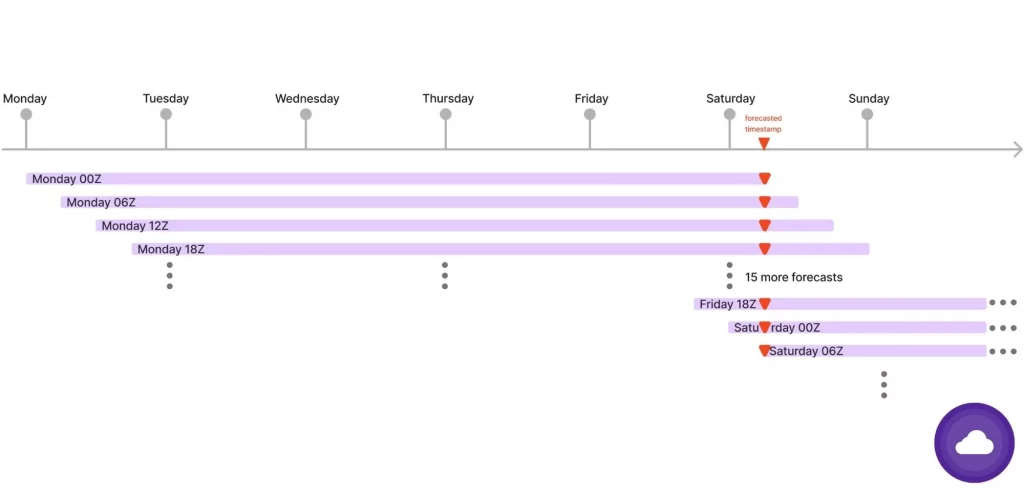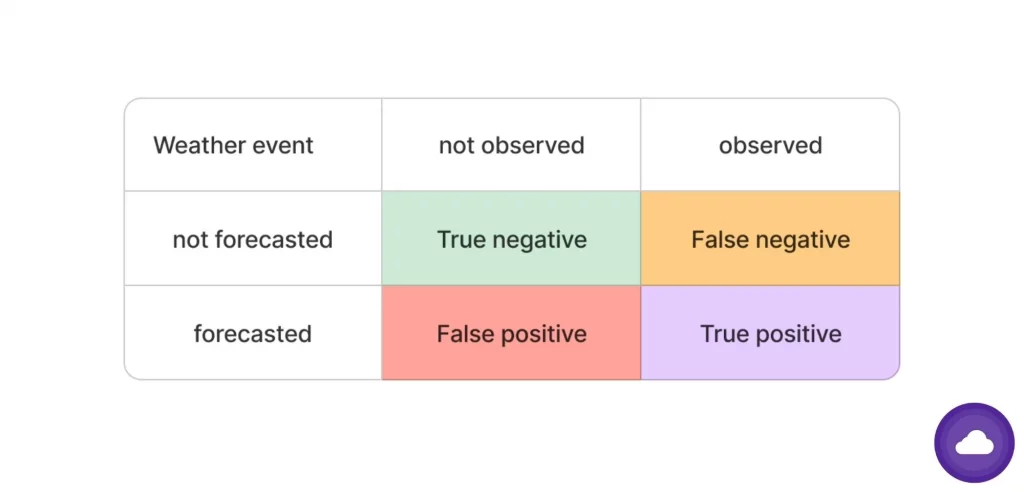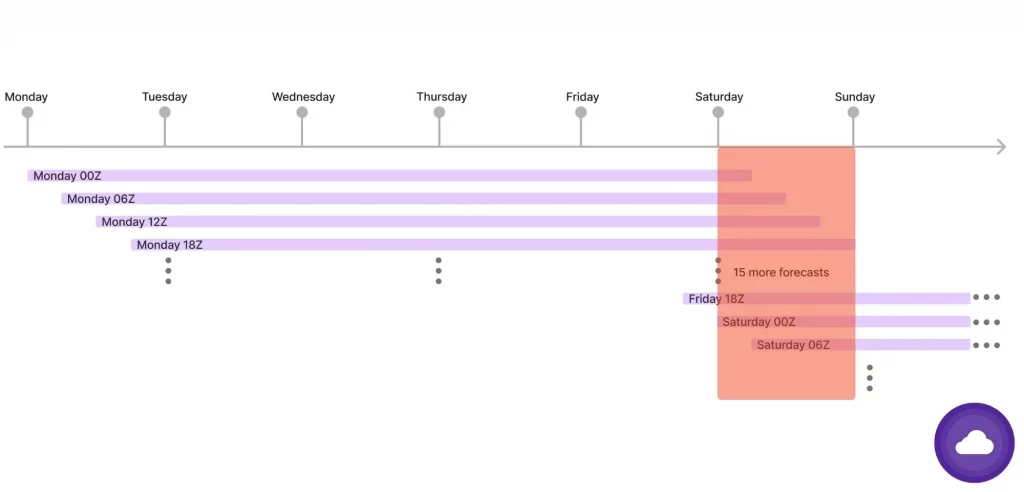Weather Forecast Importance
Weather forecasts serve as a helpful tool to shape our plans and activities in our everyday lives. Whether it’s organizing a barbecue party, cheering on our favorite sports team at an outdoor event, or swimming on a bright weekend morning, the forecasts help us plan our activities ahead. On the other hand, they also inform us of potential risks, such as the possibility of our flight being delayed or the threat of tornadoes or hurricanes, enabling us to take precautions. In the modern world, we are benefitting the power of weather forecasting.
What if the weather forecasts fail? How would you define a failure in the predictions? Let’s take a closer look at the complex nature of forecast performance.
How are Weather Forecast Produced?
Weather forecasts are produced with the help of observation data collected from various kinds of sensors such as the ground weather stations, buoys, radiosondes, radar and satellites all around the world. These observations are essential for a numerical weather prediction system to perform better and are called as initial conditions. With the help of initial conditions and computational power, we are able to solve complex differential equations for a huge number of variables like temperature, pressure, wind speed, etc. By iterating these equations over time intervals (such as a 120-hour forecast), forecasts are generated for each point on a grid network. This process is generally repeated 4 times a day to create new forecasts from latest observations.

We assess how accurate weather forecasts are for a particular place using different statistical methods depending on the type of weather variable we are evaluating. For instance, if we're looking at something like rainfall, which comes in discrete amounts, we might use contingency tables to figure out how often the forecast matches the actual conditions. On the other hand, for continuous variables like temperature, we use metrics such as mean absolute error and Pearson correlation coefficient to measure accuracy.

When you use an hourly 5-day forecast that is updated 4 times a day for a single point and specific timestamp, you might see 20 different values for each time you check the latest forecast. So, which one would you consider to say the forecast is “successful”?
Different Approaches to Measuring Weather Forecast Accuracy
Update Based Evaluation
In this approach, metrics are evaluated for each time data is updated. For example, if we share the forecasts at Monday 06Z for a 120-hour forecast horizon, we only consider the accuracy of that shared forecast and get one metric value for each shared forecast.

Period Based Evaluation
Metrics are evaluated for a specific period of time. For example, we can gather all the forecasts made for Saturday and calculate the accuracy independent from the forecast horizon.

Forecast Horizon Based Evaluation
Metrics are evaluated for a specific period of time and based on the forecast horizon. For example, we can gather all the forecasts produced for a week and calculate the accuracy based on the 2nd day of each forecast (forecast horizon is ranging between 24 to 48 in this scenario) to see if we have the similar accuracy for shorter and longer periods of our forecasts.





















